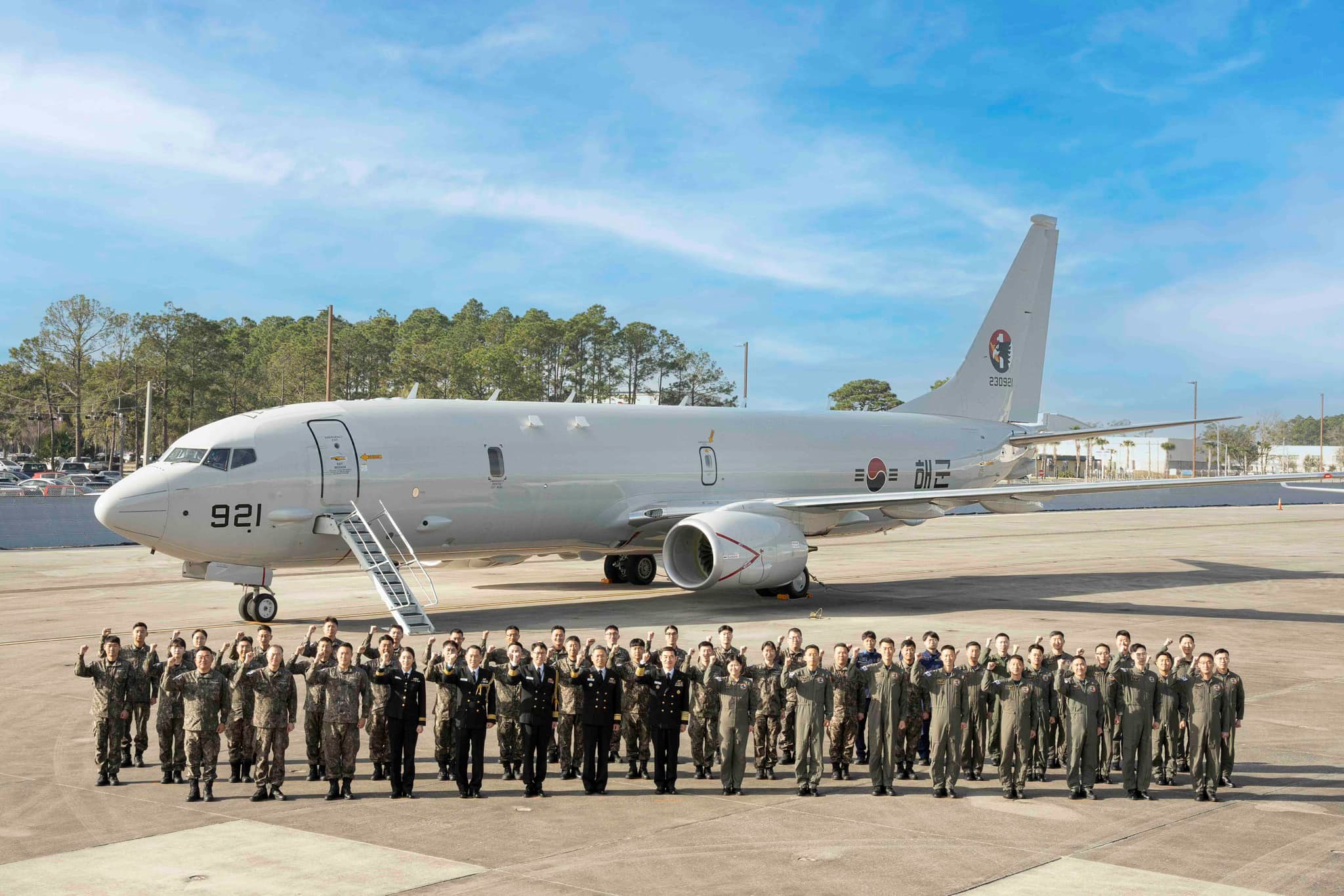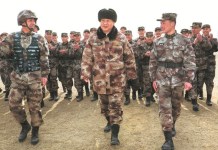In the aftermath of the tragic crash involving a Jeju Air passenger jet at Muan International Airport, South Korea has initiated a thorough examination of its Boeing-made naval aircraft fleet.
South Korea’s military authorities have initiated a special inspection of the P-8A Poseidon maritime surveillance aircraft, which is based on the Boeing 737-800 commercial jet—the same model as the aircraft involved in the recent accident.
The Republic of Korea Navy (ROKN) currently operates a fleet of six state-of-the-art P-8A Poseidon maritime patrol aircraft.
These aircraft are considered among the world’s most advanced “submarine hunters,” capable of performing critical missions such as anti-submarine warfare, anti-surface warfare, and maritime reconnaissance.
In light of the incident, a Ministry of National Defense official confirmed on December 31 that a special safety inspection was ordered for all fixed-wing and rotary-wing aircraft operated by the military.
This preventive measure applies across all branches of the army, navy, and air force. While no issues have been found so far, the focus of the inspections appears to be on the landing gear, which has been identified as a possible factor in the recent accident.
The P-8A Poseidon, which is based on the Boeing B737-800, is designed specifically for maritime patrol operations. Although it shares the same base model as the passenger aircraft involved in the incident, the Poseidon has been extensively modified for military use.
A South Korean navy official stressed that while the Poseidon is based on the Boeing B737-800, it is a distinctly different aircraft tailored for maritime patrol missions.
He also reassured that no major issues had been identified with the aircraft’s landing gear to date. The safety inspection will continue until January 4 to thoroughly examine the aircraft.
In addition to the Poseidon inspections, the South Korean Air Force has also launched safety checks on its Peace Eye fleet, an air early warning and control aircraft based on the Boeing B737-700.
The Peace Eye aircraft play a critical role in detecting and identifying enemy aircraft and missiles and providing command and control support for friendly forces in the air.
The Air Force currently operates four of these aircraft, all of which are undergoing similar safety inspections as a precautionary measure.
P-8A Poseidon Maritime Surveillance Aircraft
The P-8A Poseidon is a cutting-edge maritime patrol aircraft designed for various critical missions, including anti-submarine warfare (ASW), anti-surface warfare (ASuW), and maritime surveillance operations.
On July 4, 2024, the Republic of Korea Navy (ROKN) completed the acquisition of six P-8A Poseidons, significantly enhancing its fleet, as reported by the EurAsian Times.
Compared to the older P-3 maritime patrol aircraft, which the ROK Navy has primarily relied upon, the P-8A offers superior performance, boasting a higher maximum speed and an extended operational range.
The P-8A is equipped with state-of-the-art surveillance and reconnaissance tools, including a long-range X-band radar capable of detecting maritime targets hundreds of kilometers away. It also features high-resolution digital electro-optical (EO) and infrared (IR) sensors, along with advanced electronic warfare systems.
In terms of weaponry, the P-8A is equipped with air-to-surface missiles designed to precisely target maritime threats, as well as torpedoes for anti-submarine operations. The aircraft can also carry over 120 sonobuoys to detect and track enemy submarine activity.

The addition of the P-8A to the ROK Navy’s fleet has substantially improved its ability to counter North Korean submarines, improve rapid-response capabilities during maritime operations, and broaden its surveillance capacity in regional waters.
Furthermore, South Korea ensures greater interoperability for joint operations by operating the same type of maritime patrol aircraft as the US Navy.
According to Boeing, the P-8A Poseidon combines cutting-edge military technology with the efficiency and cost-effectiveness of the widely used commercial 737NG.
Sharing 86% of its design with commercial aircraft, the P-8A benefits from economies of scale in production and maintenance, ensuring lower operational costs and higher availability.
The P-8A, engineered for rigorous maritime environments, is designed to endure 25 years or 25,000 flight hours in harsh conditions, including operations in icing environments.
In addition to the Republic of Korea, several other nations, including India, the United States, the United Kingdom, Australia, Norway, Germany, Canada, and New Zealand, either currently operate the P-8A or are in the process of acquiring it.
- Contact the author at ashishmichel(at)gmail.com
- Follow EurAsian Times on Google News




